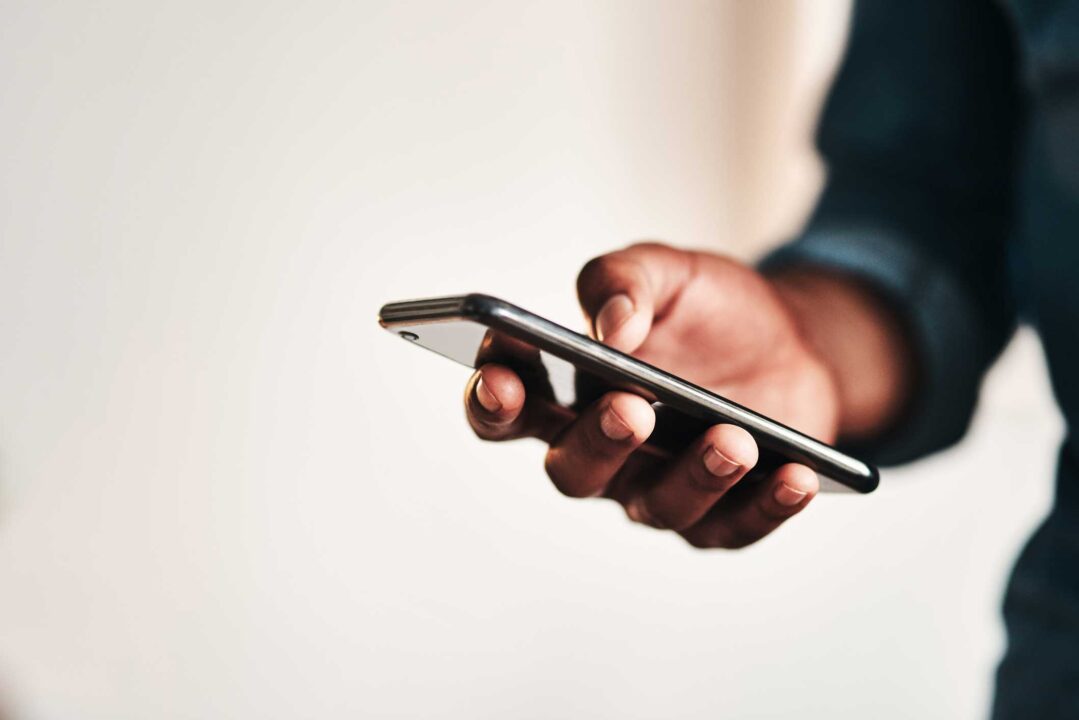

Serious traumatic injuries are a health event that can begin a trajectory toward chronic health and social challenges. Research on patient outcomes following traumatic injuries establishes the pervasive nature of injuries’ long-term consequences in physical, psychological, social and economic well-being, which may persist months and even years after an injury hospitalization. In light of this research, emerging interventions have targeted enhanced and coordinated healthcare services to support recovery and address patients’ long-term rehabilitative needs.
Across a numerous of other health conditions, mobile technology-based prevention and treatment interventions have been used successfully to monitor and transform health outcomes. But until now, their potential for addressing inter-related physical, psychological, and social challenges in long-term injury recovery has not been unexplored.
A new study – recently published in mHealth – from the University of Pennsylvania School of Nursing (Penn Nursing) is the first of its kind to examine how mobile health applications and text-based elicitation of patient-reported outcomes can be used better understand persistent challenges to recovery after a serious injury and hospitalization. This study showed that mobile health monitoring was feasible and acceptable including for select biometric indicators of physical activity and sleep, in a sample of Black men recovering from serious trauma in Philadelphia, PA who described past and current barriers to their access to health and social care resources.
“This study adds evidence to support efforts to more systematically and comprehensively conceptualize the aftermath of physical trauma as an often long-term and chronic health condition,” writes the article’s lead-author Sara F. Jacoby, MPH, MSN, PhD, Assistant Professor in the Department of Family and Community Health. “This pilot research is a first step in identifying the utility and implementation specifications of real-time monitoring for long-term physical, psychological, and social outcomes in trauma patients using mobile technology.”

